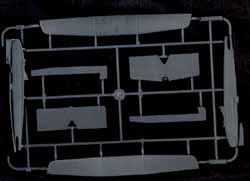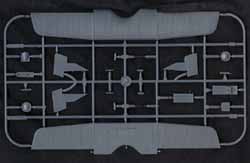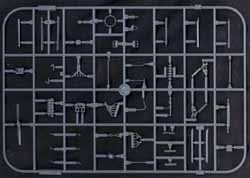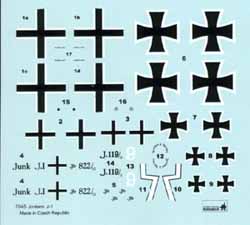Eduard 1/72 Junkers J.I |  | Introduction The Junkers J.I was the first metal combat aircraft in the world. Entering service with Fl.Abt 19 on 1 August 1917, the J.I met with an enthusiastic reception from those who flew it. Supposedly none were lost over the lines to enemy fire. By the end of the war, 227 J.Is had been constructed. Nine years ago I visited the National Aviation Museum in Ottawa and one of the highlights of the visit was getting a closeup look at the sole remaining Junkers J.I in the world. Ever since I have had an interest in these big aircraft, and have waited for someone to release a kit of it. Well, Eduard has answered my prayers . . and how! The kit Moulded in the usual dark grey, there are 77 parts on three sprues. The parts are very crisp with a little flash on some of the smaller pieces. Starting with the fuselage, it has some internal detail moulded in place and is nice and thin, so no thinning should be required. External details are engraved panel lines and raised louvres. Cockpit details include seat cushions, rudder bar, control column and control panel. The wings have the characteristic corrugations cleanly done, with no excess needing removal. There are two different designs for the horizontal tail, and no less than three different fin/rudder assemblies. One fabric covered, one fabric fin and metal rudder, and one with metal fin and rudder. Details include two different exhausts, struts, propoellor, seats, nicely done Parabellum, wheels, tailskid. The instructions consist of an eight page booklet showing exploded drawings for each stage of construction as well as two full colour options. One in overall green and blue, the other in a camouflage pattern of green and mauve over blue. Decals are for both of these aircraft. Conclusion The level of detail and quality of moulding really show that Eduard has come a long way since their first kits a decade ago. The Junkers J.I looks to be a fairly easy build as there is minimal rigging, however the strut alignment will be critical as there is a forest of them connecting the fuselage and the two wings in a triangle arrangement. My thanks to Lubos Vinar of Hobbyshop.cz for the review sample | 







|












